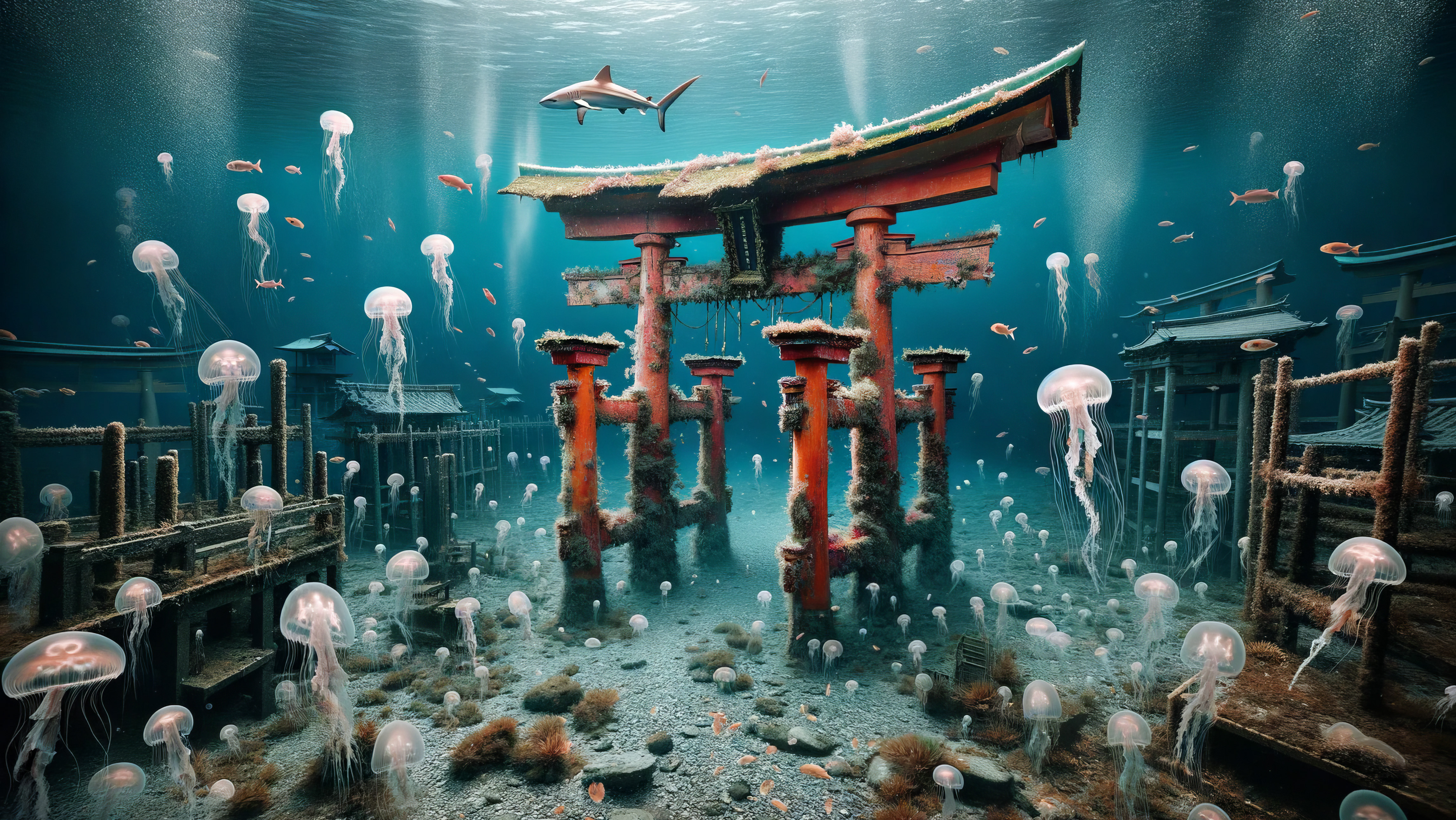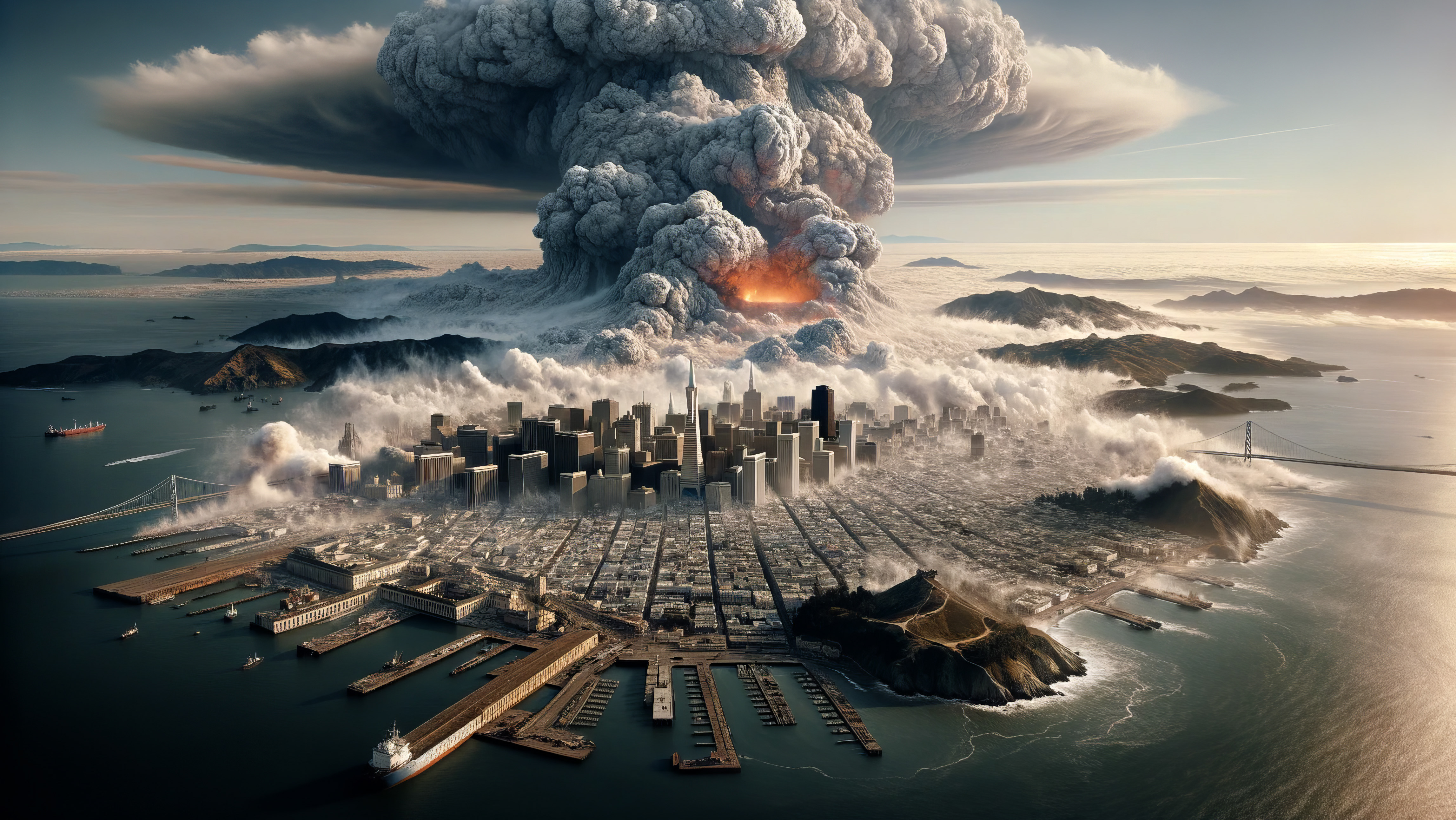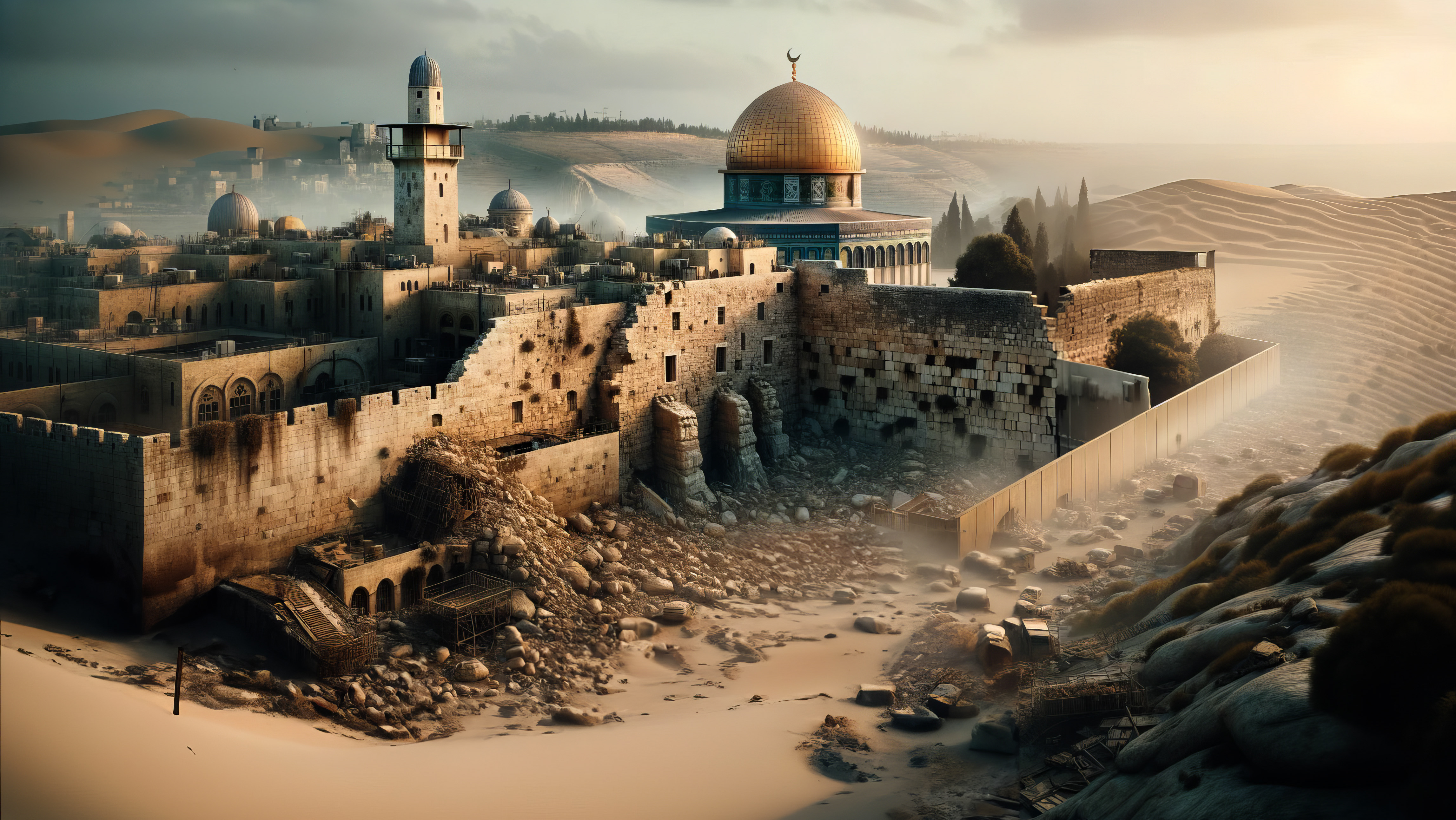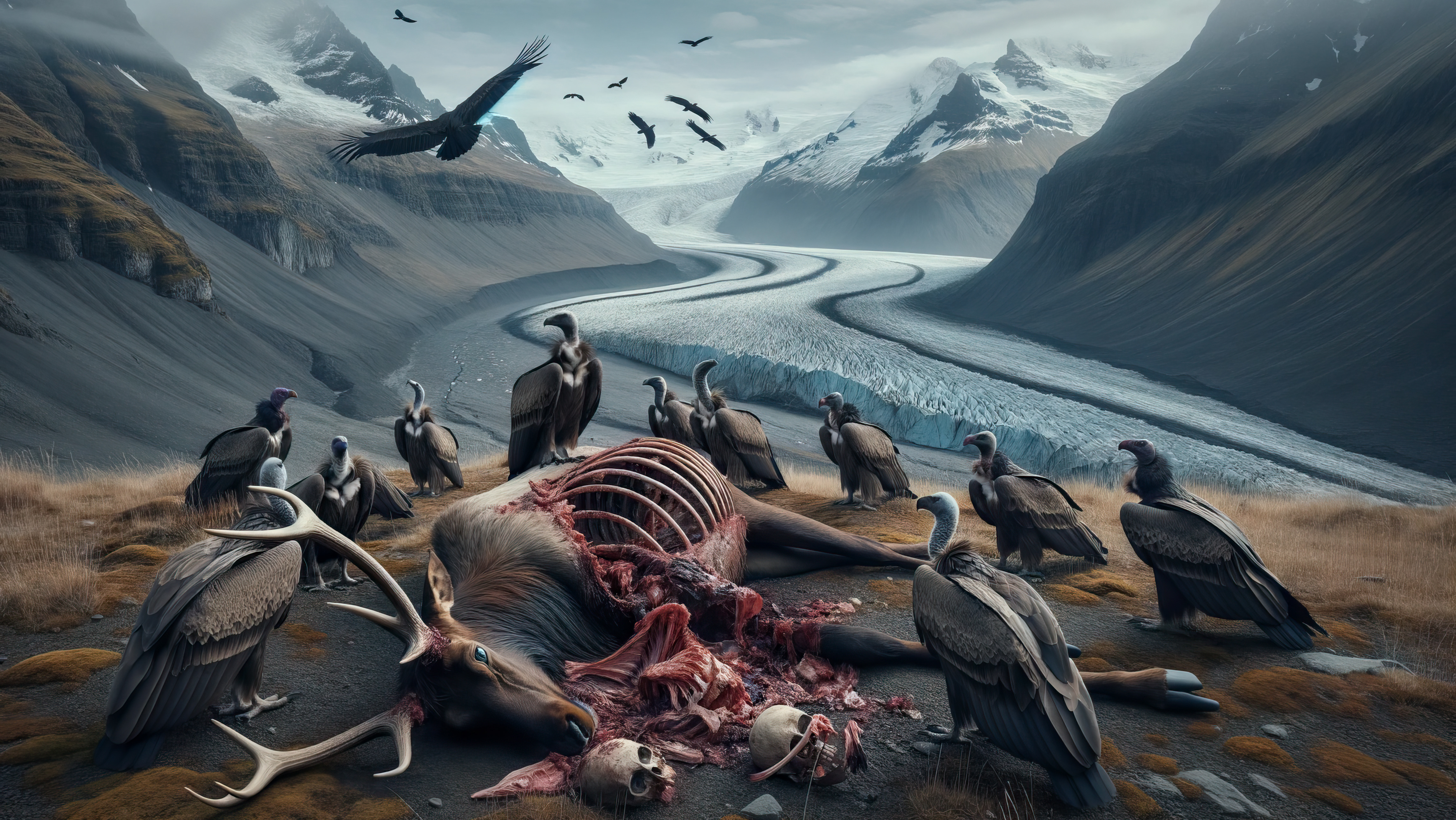Setting the Stage
In the midst of a vast cosmos, where stars burned with incandescent fury and nebulae danced in ethereal waltzes, the Earth remained a silent spectator. To the uninitiated, it was but a blue speck in an ocean of infinity. Yet, to me—an Earth researcher, a traveler not of space but of time—it represented a wellspring of stories and mysteries.
As I calibrated the intricate mechanisms of the Temporal Navigator, I felt a twinge of excitement. My next journey was unlike any other; it would take me to the very roots of human civilization, 12,000 years into the past. It was a time when Earth's vast landscapes were untamed, when humanity stood at the cusp of choices that would determine its trajectory.
The Navigator hummed to life, its core pulsating with a soft luminescence. I adjusted the temporal coordinates, ensuring that the descent into the past would be precise. The Stone Age era beckoned, promising raw, unadulterated insights into the human psyche.
As the final preparations were made, I looked out at the vast temporal expanse that lay before me. It was a canvas of shifting hues, representing epochs and eras, each with its own set of tales. The Stone Age was a mere blip in this vast timeline, yet its importance was undeniable. It was here that humanity took its first tentative steps towards civilization, where it grappled with nature's challenges, and where the seeds of its eventual destiny were sown.
Taking a deep breath, I initiated the descent. The surroundings blurred as the Navigator pierced through the layers of time, heading towards an era where mammoths roamed and early humans painted their dreams on cave walls.
The journey was not without its challenges. Turbulences in the temporal stream threatened to divert the Navigator off course. However, with deft adjustments and unwavering focus, I ensured that the craft remained on track. The intensity of the journey heightened my anticipation. What would the landscapes look like? What tribes would I encounter? And most importantly, what lessons lay buried in the sands of time?
Gradually, the tumultuous journey eased, and the temporal disturbances grew less frequent. The Navigator's displays indicated that the destination was near. A deep sense of reverence washed over me. I was about to tread on lands that had witnessed the dawn of human ingenuity, where every stone and river had tales to tell.
With a gentle jolt, the Temporal Navigator came to a halt. The screens displayed the date: 12,000 years BC. I had arrived at the beginning of my expedition, ready to traverse the landscapes of a time long forgotten, yet crucial in understanding the enigma that was humanity.
Outside, the world of the Stone Age awaited.
Sojourn in Primeval Southern Europe
Amid the vast chronicle of Earth's epochs, the Temporal Navigator settled imperceptibly on the edge of a verdant expanse. Designed with meticulous precision, its form effortlessly merged with the terrain, ensuring the sanctity of time remained inviolate. My mission was one of observation, not interaction. Within this era's fragile tapestry, even the faintest echo of an outsider could ripple through millennia, altering destinies.
The untouched tableau of Southern Europe lay sprawled before me, a mosaic of raw nature in its most pristine form. Rolling meadows stretched endlessly, dotted with myriad hues from wildflowers that danced gracefully to the symphony of the zephyr. The very air was an elixir—laden with the intoxicating bouquet of blooming oleanders and the deep, rich musk of the verdant forest beyond.
With reverent steps, I discreetly positioned a series of camouflaged observation devices, technological marvels designed to be indistinguishable from the myriad wonders of this world. Their purpose was to chronicle the nascent moments of humanity, allowing me an unobtrusive gaze from afar. The sonorous chorus of nature was all around. A babbling brook told tales of ancient pathways, its crystalline waters mirroring the cerulean vastness above. Birds, in their multitudinous variety, serenaded the dawn, each note a testament to a world alive with boundless potential.
From a secluded vantage, the valley unveiled its most cherished secret—a tribe of early humans, nestled by the sinuous embrace of a river. Their settlement, though modest, bore the hallmarks of nascent ingenuity—a testament to a species on the brink of momentous evolution. Through the lens of the observation devices, their lives unfolded. The jubilant laughter of children playing by the river, the rhythmic cadence of tools shaping tools, and the quiet moments of reflection as elders passed down tales of yore.
The sun, in its diurnal journey, cast a golden tapestry upon the land. Shadows grew long, and as twilight approached, the tribe congregated around a communal flame. Their silhouettes, flickering against the fiery backdrop, danced to primordial rhythms and chants—a raw, emotive expression of their collective soul.
Night's embrace transformed the panorama. A celestial dome, resplendent with stars, bore silent witness to the world below. The nocturnal serenades began: the distant, mournful call of a lone predator, the symphonic rustling of leaves, and the whispering winds that carried tales of pine, moss, and the age-old dance of fire and wood.
Ensconced within my sanctum of observation, I was swept into deep introspection. This world, this Stone Age tapestry, was not merely a testament to primitive existence. It spoke of the eternal human spirit, its dreams, its yearnings, and its ceaseless quest to transcend the confines of the known. Every mark upon a stone, every echo in the vastness, was a chronicle of a species destined for greatness, yet forever teetering on the precipice of its own making.
As the indigo tapestry of night began to lighten with the promise of a new morn, I found solace in the profound realization that this journey was not just a voyage through time, but a deep dive into the very essence of what it means to be human.
The Coast
The Mediterranean, even in its primeval form, bore the aura of timeless beauty. Stretching out like an azure blanket, it shimmered under the sun's embrace, its waves gently caressing the golden sands. The coast, with its undulating dunes and craggy cliffs, told tales of eons past—of geological wonders and nature's ceaseless dance.
Moving discreetly, with the Navigator concealed amidst a cluster of olive trees, I ventured closer to the coastline. My intent was to chart the interplay between early humans and this magnificent body of water that would, in future millennia, become the cradle of civilizations.
From my secluded position, I observed a group of early humans navigating the shallow waters. Their slender boats, crafted from tree trunks, glided effortlessly, guided by rudimentary paddles. They were fishermen, and their nets, woven with dexterous hands, plunged into the depths, seeking the bounty of the sea. The Mediterranean, teeming with life, offered a cornucopia of fish, mollusks, and crustaceans, ensuring the tribe's sustenance.
To the east, where the coastline curved forming a sheltered cove, children played amidst tidal pools. Their laughter, a melody in itself, echoed with innocence as they marveled at the myriad marine life—starfish, sea anemones, and tiny fish that darted about. Here, the land met the sea in a harmonious embrace, each shaping the other in an eternal dance.
Beyond the cove, a vast estuary spread out, where the fresh waters of a river met the salty expanse of the sea. Birds, in their thousands, flocked here—flamingos with their resplendent pink hues, herons poised in statuesque elegance, and kingfishers diving with precision for their next meal. The estuary was a mosaic of life, a testament to nature's intricate balance.
As I ventured further along the coast, a majestic sight awaited. In the distance, grazing on the lush grasslands that bordered the sandy shores, were herds of aurochs. These magnificent beasts, ancestors to modern cattle, stood tall and proud, their curved horns gleaming in the sunlight. Their presence added a sense of grandeur to the landscape, reminding me of the rich tapestry of life that once thrived in this epoch.
The day's journey brought profound insights into the symbiotic relationship between early humans and the Mediterranean. The sea, with its vast resources, not only ensured their survival but also nurtured their spirit. As the sun began its descent, painting the sky in hues of amber and crimson, I observed the tribe gather once more, this time on the beach. A fire was lit, and as its flames danced, casting elongated shadows, the tribe began a ritual—a celebration of the sea and its bounties. Their chants, rhythmic and soulful, paid homage to the waters that sustained them.
Nightfall on the Mediterranean coast was a spectacle in itself. The stars, like a cascade of diamonds, reflected upon the calm waters, creating a realm of ethereal beauty. The gentle lullaby of waves, the distant calls of nocturnal creatures, and the soft glow of the tribe's campfires added layers to this mesmerizing tableau.
As I retreated to the Navigator, ready to embark on the next leg of this odyssey, I was imbued with a profound sense of wonder. The Mediterranean, in its primeval glory, was not just a body of water. It was a mirror to humanity's soul, reflecting their joys, fears, aspirations, and the ceaseless quest to harmonize with the world around them.









